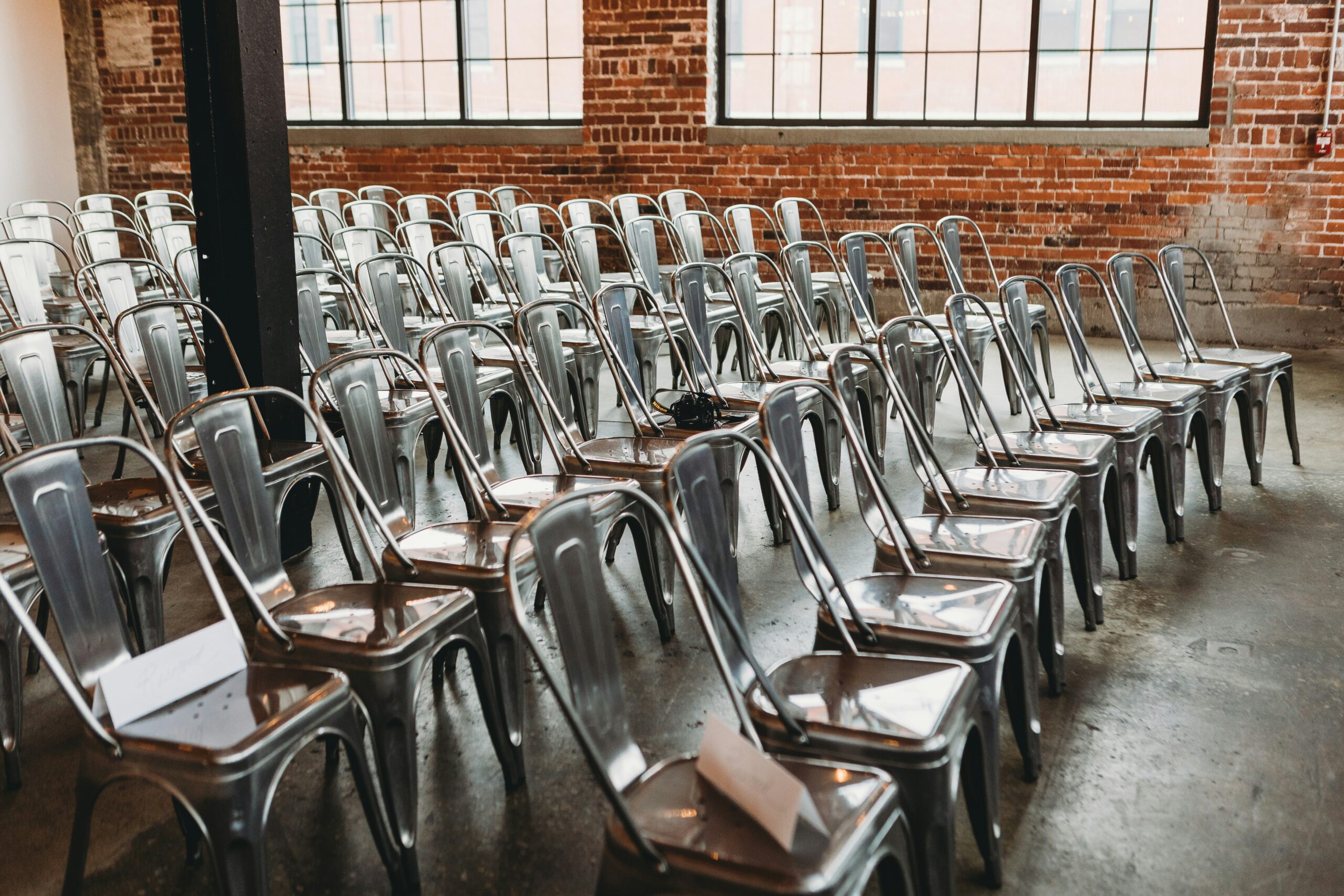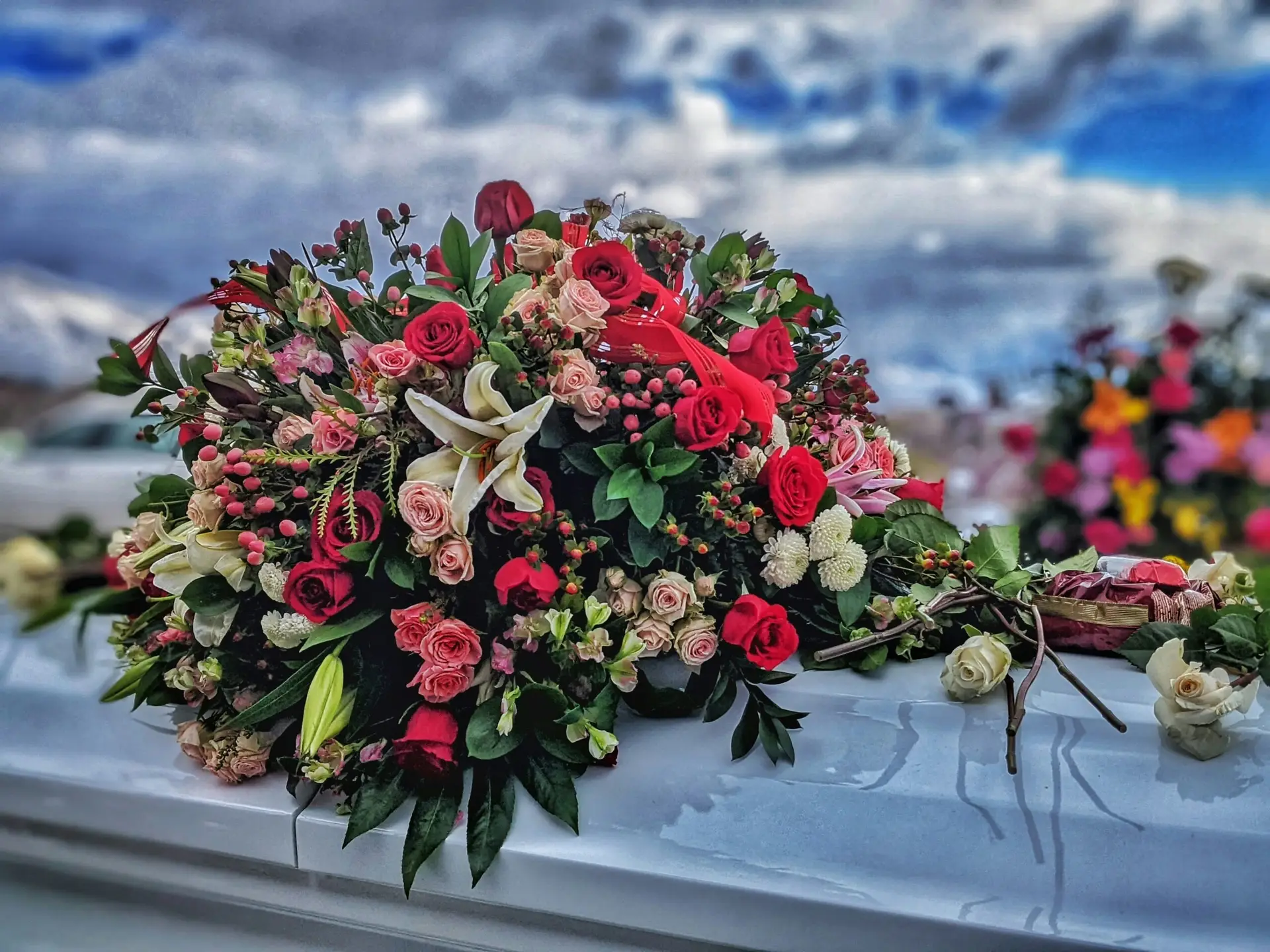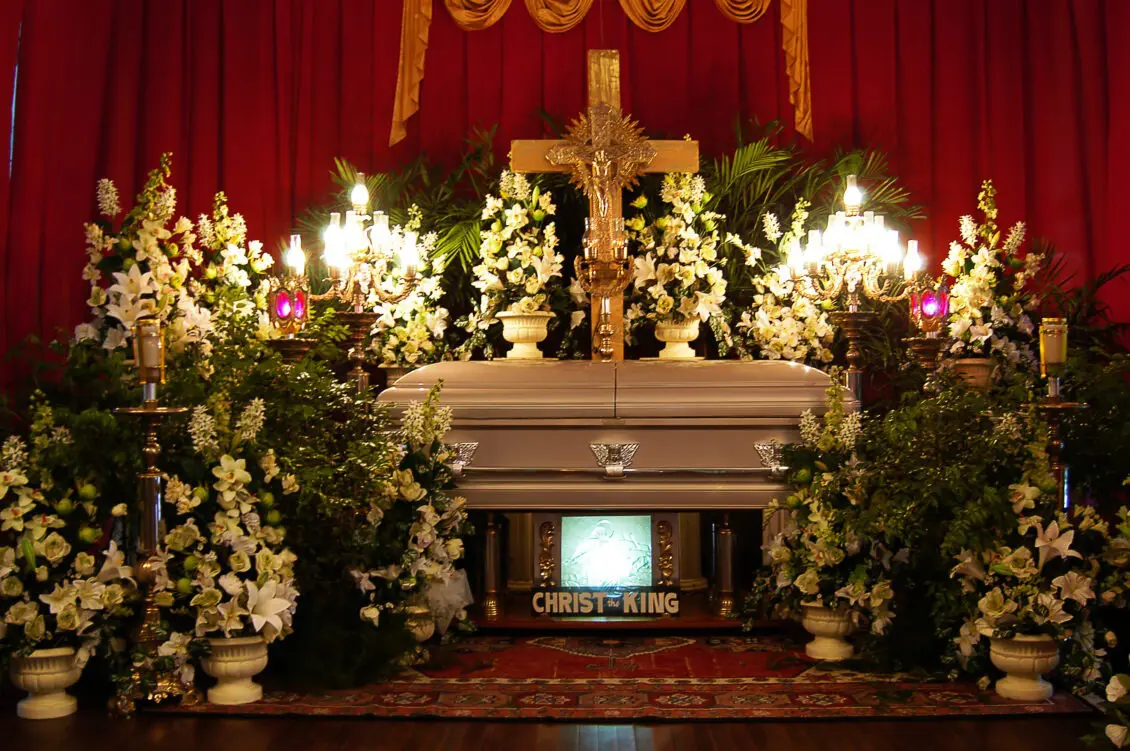Introduction
Planning a funeral can be an overwhelming experience, especially when you’re dealing with the emotions of losing a loved one. Having a clear understanding of what to include in the funeral service can help ease the process. This guide outlines the key items and services to consider when planning a funeral, ensuring that you honor your loved one’s memory in a meaningful way.
Traditional Funeral Items
Traditional funeral items form the foundation of most funeral services. They provide a sense of structure and solemnity to the proceedings, helping to create a respectful and dignified atmosphere.
Casket or Urn
One of the most important elements of a funeral is the selection of a casket or urn. This choice often depends on whether your loved one will be buried or cremated.
-
- Casket: For a traditional burial, a casket is essential. Caskets come in various materials, including wood, metal, and biodegradable options. Consider your loved one’s preferences and budget when selecting a casket.
-
- Urn: If your loved one chose cremation, you will need an urn to hold their cremated remains. Urns are available in a wide range of styles and materials, from simple designs to ornate keepsakes.
Choosing the right casket or urn is a personal decision that reflects your loved one’s personality and values. For more information on selecting a burial plot, visit our How to Purchase a Burial Plot page.
Flowers and Decorations
Flowers and decorations play a significant role in creating a serene and comforting environment for mourners. They can also serve as a visual tribute to the deceased.
-
- Flower Arrangements: Consider incorporating flower arrangements that reflect your loved one’s favorite colors or types of flowers. Common choices include lilies, roses, and chrysanthemums.
-
- Decorative Elements: In addition to flowers, you can use candles, photos, and other personal items to decorate the funeral venue. These elements help personalize the service and create a warm, inviting atmosphere.
Tip: Discuss decoration options with your funeral director to ensure that your choices align with the venue’s policies and capabilities.
Funeral Programs
Funeral programs are essential for guiding attendees through the service. They provide information about the order of events, participants, and any special readings or songs.
-
- Designing the Program: Work with your funeral director or a professional designer to create a program that reflects your loved one’s personality and the tone of the service. Include details such as the date, time, location, and names of those participating in the service.
-
- Printing and Distribution: Once the program is finalized, arrange for it to be printed and distributed to attendees. This ensures that everyone is aware of the order of events and can follow along during the service.
For tips on designing funeral programs and other planning advice, check out our Funeral Preplanning Checklist guide.
Personalizing the Funeral Service
Personalizing the funeral service can make it more meaningful and memorable for everyone involved. Consider incorporating elements that reflect your loved one’s personality, interests, and values.
Memorial Tributes and Videos
Memorial tributes and videos are a powerful way to celebrate your loved one’s life and legacy. They provide a visual and auditory representation of their experiences and achievements, allowing attendees to reflect on their memories.
-
- Creating a Memorial Video: Compile photos, videos, and other memorabilia into a memorial video. You can use professional services or create the video yourself using online tools and software. Include captions or voiceovers to narrate the story of your loved one’s life.
-
- Displaying Tributes: In addition to videos, consider displaying physical tributes such as photo boards, memory tables, or scrapbooks. These items allow attendees to share their memories and leave messages of support.
Note: Be mindful of the length and content of the memorial video to ensure that it remains engaging and respectful.
Personalized Music and Readings
Music and readings are integral parts of the funeral service. They set the tone and provide comfort to attendees.
-
- Selecting Music: Choose music that was meaningful to your loved one or reflects their personality. This may include their favorite songs, hymns, or classical pieces. Coordinate with musicians or a sound technician to ensure that the music is played at the appropriate times during the service.
-
- Choosing Readings: Select readings that reflect your loved one’s beliefs, values, or experiences. This may include religious texts, poetry, or excerpts from their favorite books. Ask family members or close friends to participate by reading during the service.
For ideas on how to personalize your loved one’s funeral, explore our Celebration of Life vs. Memorial Service page.
Supporting Attendees
Supporting the attendees of the funeral is an important aspect of planning. Providing refreshments, a comfortable reception area, and meaningful keepsakes can enhance the overall experience for everyone involved.

Refreshments and Reception Area
Offering refreshments and a reception area allows attendees to gather and share their memories after the service. This can be a comforting way to honor your loved one and provide support to those in attendance.
-
- Choosing a Venue: Select a venue that can accommodate your expected number of guests. This may be the funeral home, a church, or a separate location such as a community center or restaurant.
-
- Providing Refreshments: Offer a selection of light refreshments, such as coffee, tea, sandwiches, and pastries. Consider catering options or enlisting the help of family and friends to prepare and serve the food.
Tip: Make sure to provide a variety of options to accommodate different dietary needs and preferences.
Guest Book and Keepsakes
A guest book and keepsakes provide attendees with a way to leave messages of support and remembrance. They also serve as a lasting tribute to your loved one.
-
- Guest Book: Place a guest book at the entrance of the funeral venue for attendees to sign and leave messages. This allows you to capture the names and contact information of those in attendance, as well as their memories and condolences.
-
- Keepsakes: Consider providing small keepsakes, such as memorial cards, bookmarks, or candles, for attendees to take home. These items serve as a reminder of your loved one and the special memories you shared.
For more ideas on supporting attendees and creating a meaningful funeral experience, visit our 5 Creative Ideas for Customizing Funeral Services page.
Conclusion
Planning a funeral involves many decisions and details, but having a clear understanding of the essential items and services can help simplify the process. By incorporating traditional funeral elements, personalizing the service, and supporting attendees, you can create a meaningful and memorable tribute to your loved one. Remember to seek guidance from your funeral director and other professionals to ensure that your loved one’s wishes are honored and that the service is a true reflection of their life and legacy. For more information on planning and preplanning funerals, explore our Preparing for the Death of a Loved One guide.





